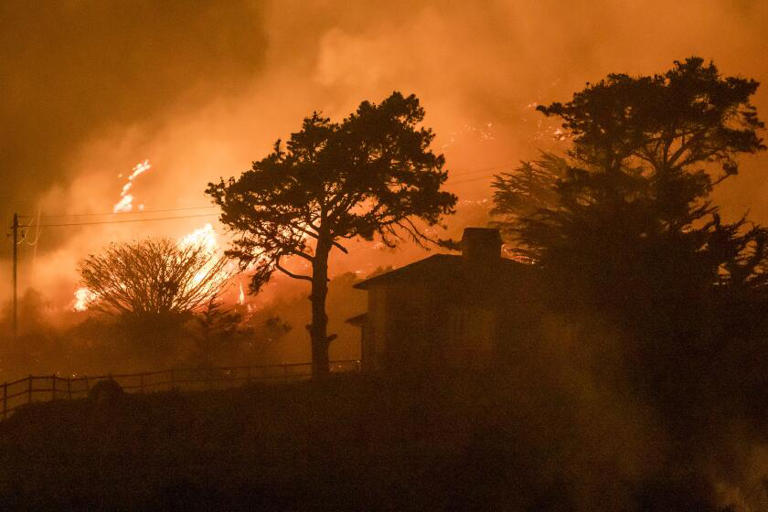Allstate’s proposed 34% increase in California homeowners insurance premiums reflects a significant response to mounting financial pressures exacerbated by the state’s challenging environmental and legal landscape. With over 350,000 policyholders potentially impacted, this rate hike marks the largest sought-after increase in the state this year, surpassing similar moves by even the largest insurer, State Farm.
The decision to seek such a substantial premium adjustment stems from Allstate’s claims of substantial increases in payouts for accidents and disasters in California. These costs have risen sharply due to several factors: escalating repair expenses driven by inflation and heightened demand for construction materials, more frequent and severe weather events such as wildfires and storms, and challenges within the legal system that can lead to higher liability payouts.
In response to these financial strains, Allstate initially filed for a 39.6% rate increase in the previous year, later revising this down to 34.1% in January. Despite receiving smaller rate hikes in recent years, including a 4% increase in 2023, the company has faced mounting difficulties in maintaining profitability within California’s volatile insurance market. This led to their decision to halt the issuance of new homeowner insurance policies in November 2022, underscoring the severity of the challenges they face.
Consumer advocacy groups, notably Consumer Watchdog, have raised concerns about the transparency of Allstate’s pricing methods. They allege that Allstate uses proprietary algorithms to assess wildfire risk and determine premium rates without adequate disclosure to policyholders. This lack of transparency has sparked calls for greater oversight and scrutiny from regulatory bodies like the Department of Insurance.
The broader insurance landscape in California has seen multiple insurers, including State Farm and others, scaling back their operations or seeking significant rate increases due to the heightened risk posed by wildfires and other environmental hazards. State Farm’s recent decision to non-renew 72,000 property owner policies statewide echoes similar actions taken by competitors, reflecting a broader trend of insurers adjusting their risk exposure in response to evolving climate risks.
Insurance Commissioner Ricardo Lara, along with Governor Gavin Newsom, are pushing forward with reforms aimed at modernizing California’s insurance regulations through the Sustainable Insurance Strategy. These reforms include provisions to incorporate reinsurance costs and future wildfire projections into premium calculations. By aligning premium pricing more closely with risk exposure, regulators hope to encourage insurers to re-enter or expand their market presence while ensuring that any rate adjustments are fair and compliant with Proposition 103, which mandates that premiums must not be excessive.
The outcome of Allstate’s rate increase request will hinge on the Department of Insurance’s rigorous review process. This includes evaluating the accuracy and fairness of the wildfire risk models used by Allstate and considering proposed discounts for homeowners who implement fire risk reduction measures. The goal is to strike a balance between ensuring the financial sustainability of insurers and protecting the affordability of insurance for California homeowners facing increasingly uncertain environmental challenges.
